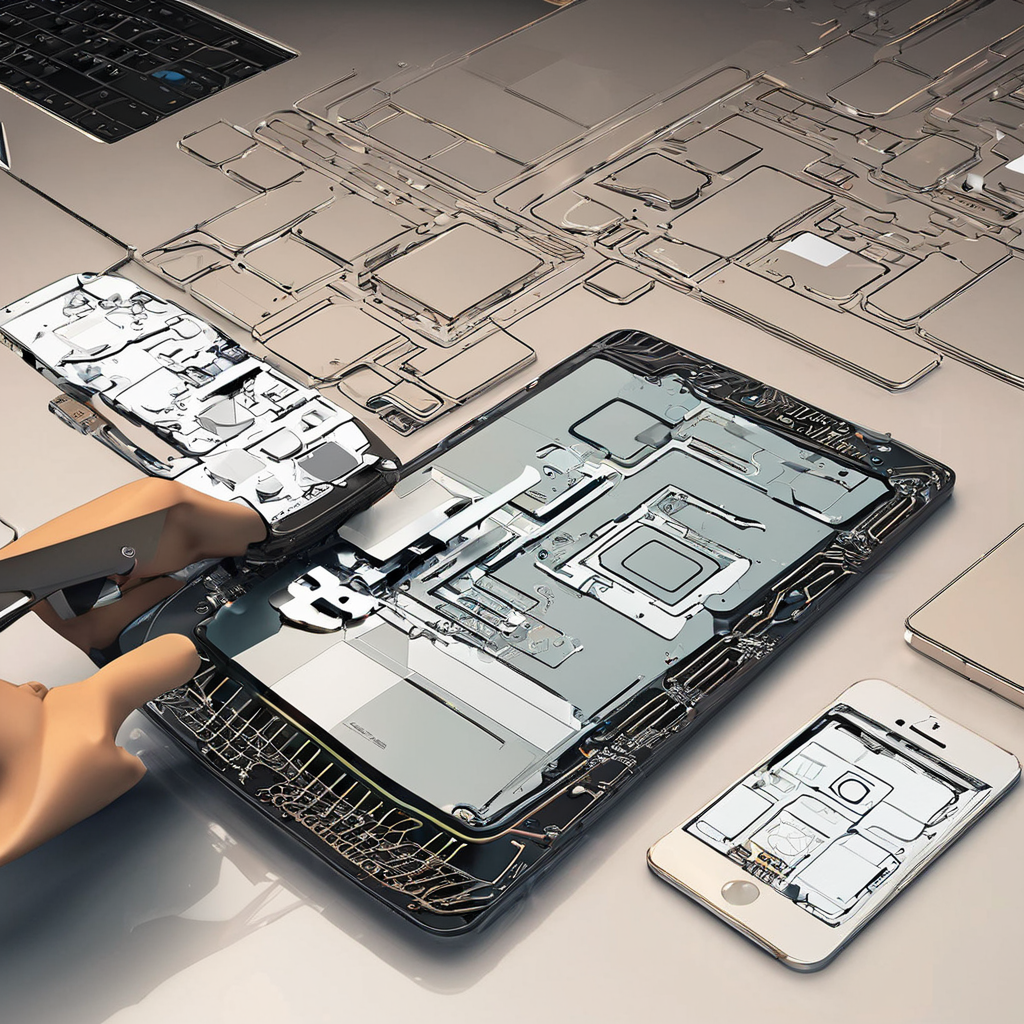The way we interact with technology is constantly evolving, and smartphones have played a significant role in shaping our daily lives. From the introduction of touchscreens to the integration of voice assistants, smartphones have undergone numerous transformations. However, as technology continues to advance, many are left wondering: what will replace touchscreens in the future of smartphones?
One potential candidate for replacing touchscreens is gesture recognition technology. This technology allows users to control their devices through hand gestures and movements, eliminating the need for physical touch. Companies like Apple and Google have already started incorporating gesture recognition features in their devices, paving the way for a touchless smartphone experience.
Another emerging technology that could potentially replace touchscreens is haptic feedback. Haptic feedback technology uses vibrations and tactile sensations to simulate the sense of touch, allowing users to interact with their devices in a more immersive way. This technology has the potential to revolutionize the way we interact with our smartphones, providing a more tactile and engaging experience.
Voice recognition technology is another contender in the race to replace touchscreens. With the rise of virtual assistants like Siri and Google Assistant, voice commands have become an integral part of smartphone interactions. As voice recognition technology continues to improve, we may see a future where touchscreens are no longer the primary method of interaction on smartphones.
Augmented reality (AR) and virtual reality (VR) are also poised to change the way we interact with smartphones. By overlaying digital information onto the physical world, AR technology can create immersive and interactive experiences without the need for touchscreens. Similarly, VR technology can transport users to virtual worlds where touchscreens are no longer necessary for interaction.
Biometric authentication methods, such as facial recognition and fingerprint scanning, are already widespread in smartphones today. These technologies provide secure and convenient ways to unlock devices and authenticate transactions without the need for traditional passwords or PIN codes. As biometric technology continues to advance, we may see a future where touchscreens are no longer needed for device security.
In the realm of wearable technology, smart glasses and smartwatches are blurring the lines between physical and digital interactions. With features like gesture controls and voice commands, these devices offer alternative ways to interact with technology without relying on touchscreens. As wearable technology becomes more integrated into our daily lives, touchscreens may become less essential for smartphone interactions.
Advancements in artificial intelligence (AI) are also shaping the future of smartphone interactions. AI-powered assistants can anticipate users’ needs and provide personalized recommendations, reducing the reliance on manual input through touchscreens. As AI technology continues to improve, we may see a shift towards more intuitive and seamless interactions with smartphones, potentially diminishing the need for touchscreens.
The Internet of Things (IoT) is another trend that is influencing the way we interact with technology. With interconnected devices and smart home systems, users can control their environments and devices remotely without the need for direct physical interaction. As IoT technology continues to expand, we may see a future where smartphones serve as central hubs for managing IoT devices, reducing the reliance on touchscreens for everyday tasks.
Ultimately, the future of smartphones and the replacement of touchscreens will likely involve a combination of these emerging technologies. From gesture recognition to voice commands, haptic feedback, AR/VR, biometrics, wearable technology, AI, and IoT, the possibilities for reimagining smartphone interactions are vast. As technology continues to evolve, so too will our relationship with our smartphones, ushering in a new era of touchless interactions that redefine the way we engage with the digital world.
